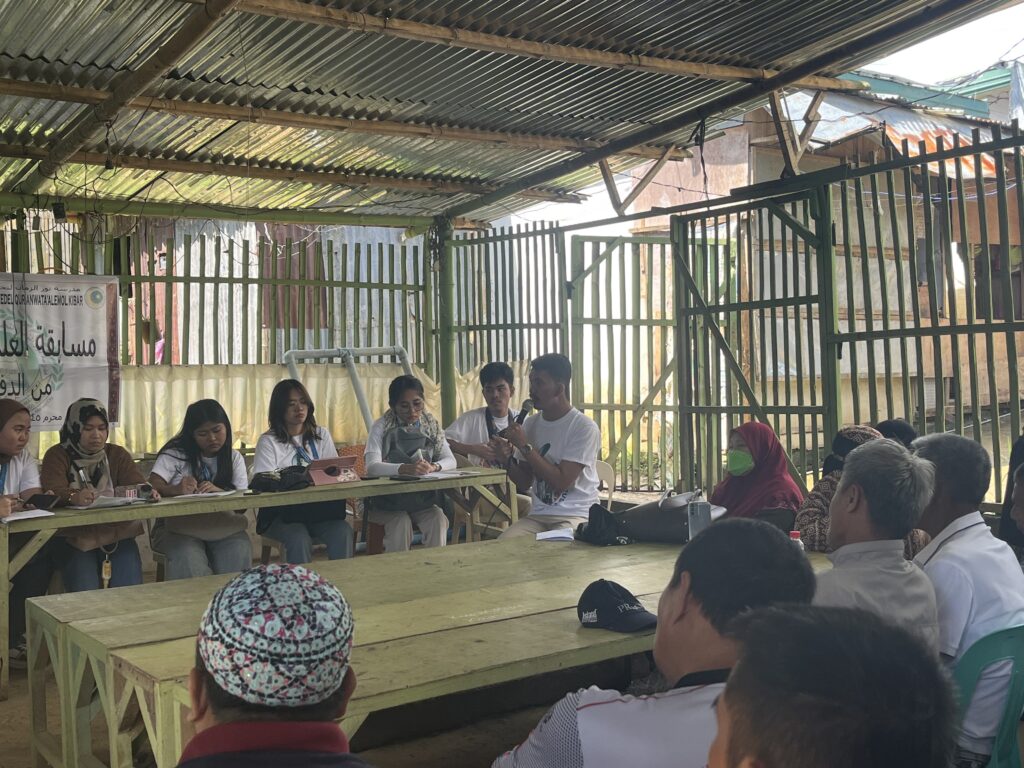Seven years ago, the Marawi Siege left a deep scar on the lives of approximately 350,000 displaced people, forcing them to abandon their homes and livelihoods. The conflict not only shattered their physical spaces but also disrupted their very sense of community and security. After the crisis, the Philippine government imposed military control over the city, preventing residents from returning to their homes and rebuilding their lives, despite the fighting having ended long ago.
The families that were displaced during the siege were promised support. They were assured monthly relief goods, provisions for health and education, and job opportunities to help them regain some semblance of normalcy. Yet, for many, these promises remain unfulfilled. Relief goods are few and far between, with the last distribution occurring in 2022. While some were offered temporary shelters, many found that these homes were given to non-IDPs, leaving the original residents still waiting for the security of a permanent home.
The living conditions in the shelters are dire. Overcrowded and dilapidated, these temporary shelters were built to last only five years, but as of 2024, many families are still struggling to live in these spaces, long after they were meant to be abandoned. The roofs leak, the walls are crumbling, and the facilities are barely functional. The community daycare center, where children spend their days, is at risk of collapsing, posing a serious threat to the most vulnerable members of the community.
The landowner of the site where these shelters are built has now demanded that residents pay rent by the end of the year. For families already struggling to make ends meet, this new burden is a heavy one. They have no extra money for rent, and living in shelters was never meant to come with a cost. This demand adds further strain to an already dire situation, leaving many residents wondering how they will survive, let alone pay for a space that should be temporary.
Health issues are rampant, with diseases like scabies and chickenpox spreading in the unhygienic conditions. Residents attribute these outbreaks to the contaminated water and lack of proper sanitation. The nearest healthcare center lacks equipments, and essential medical supplies are scarce. Worse still, many children are no longer attending school, as their parents can no longer afford basic school supplies. In the face of these challenges, the people of Marawi have become resourceful, creating their own small businesses—fishing, selling goods, or working in construction—but the earnings often fall short of meeting their families’ most basic needs.
Yet, amid these hardships, the sense of community remains strong. In the face of adversity, the residents practice “bayanihan”, or mutual aid, helping one another in times of crisis—whether it’s sharing food, fighting fires, or taking shelter in the mosque during floods. Their resilience is nothing short of remarkable.
During my visit to the shelters, I heard their voices—voices that yearn for justice, for recognition, for a future that is not defined by the siege. The IDPs spoke of their efforts to seek compensation through the Marawi Compensation Board for the losses they endured, only to be met with silence, their pleas for justice remaining unanswered.
Despite the suffering they endure, the people of Marawi have not given up. They have found strength in their community and continue to hold onto hope, believing that one day their situation will change. But the promises made to them—of housing, of jobs, of a better future—remain unfulfilled, and their struggle continues.
As peace journalists, it is our duty to amplify these voices, to bring attention to their plight, and to hold those in power accountable. The people of Marawi deserve not just sympathy, but action. They deserve justice, and they deserve a future where they can live with dignity, free from the scars of the siege. Only then can we truly say that peace has returned to Marawi.

